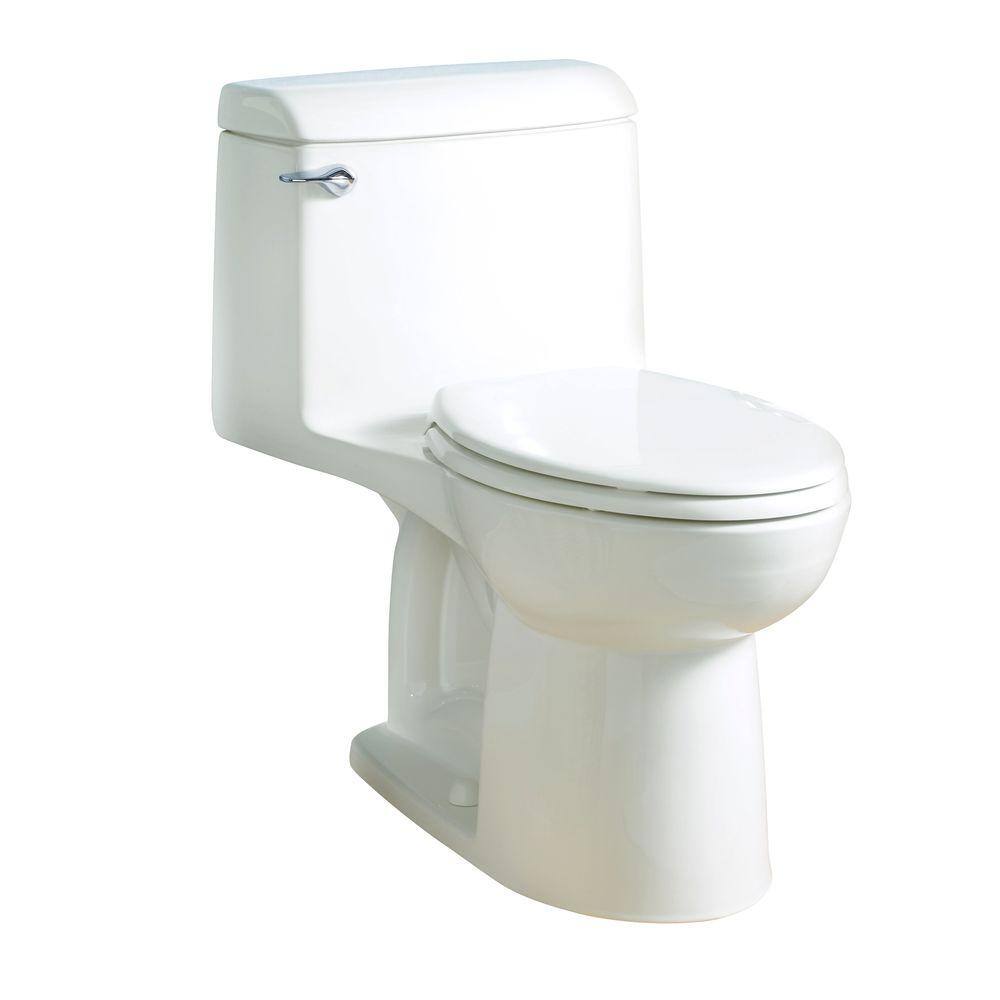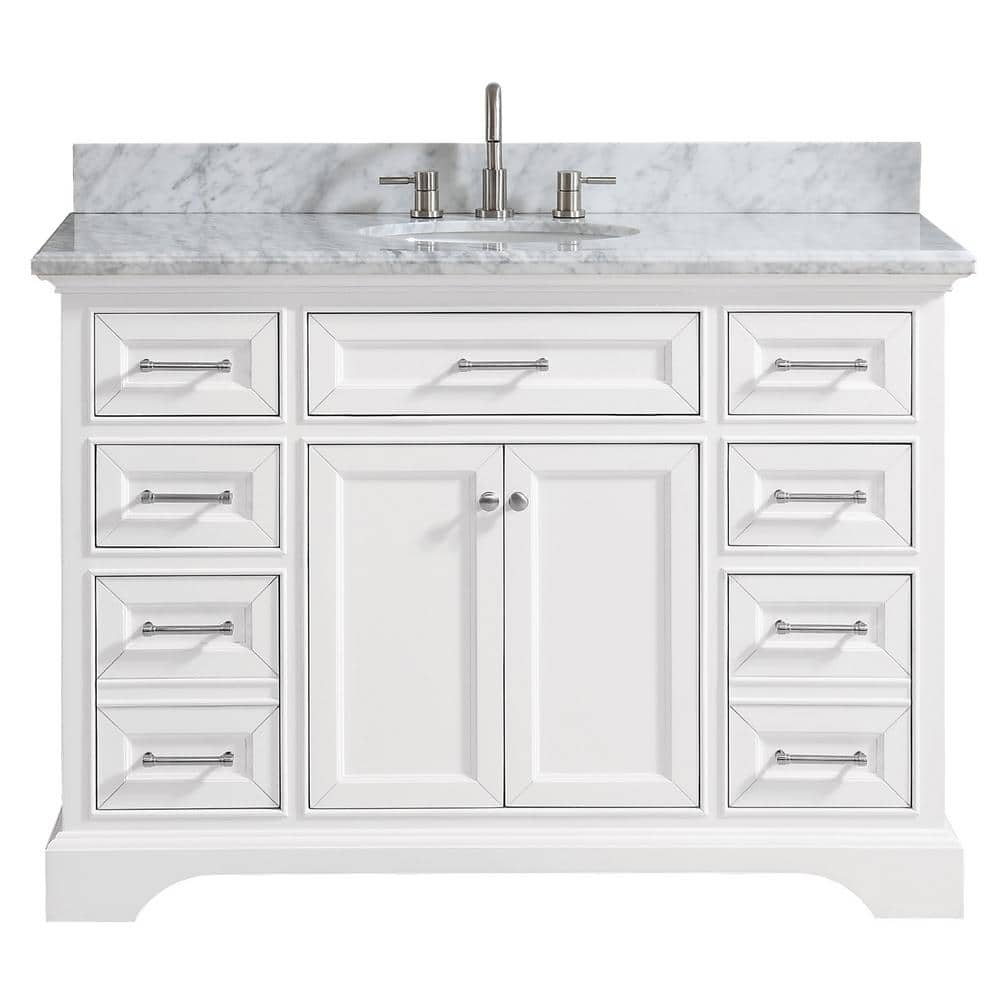American Standard Champion Four 1-Piece 1.6 GPF Single Flush Elongated Toilet in White, Seat Included
Slow close toilet seat included. Siphon action jetted bowl with elongated shape for more comfort. Elongated toilet bowl shape for maximum comfort.
The Champion 4 is the very best in clog-free performance, producing a faster, more powerful, yet quieter flush that can move a 70% larger mass than a standard toilet. Our Right Height toilets feature a 16-1/2 in. rim height to enhance your ease of use and comfort. This contemporary 1-piece design includes our revolutionary EverClean surface that’s easier to clean and stays cleaner, longer. Also included is our innovative slow close toilet seat that will put a stop to seat slamming for a quieter, more peaceful household.
- Low-consumption 1.6 GPF helps you save water
- 1-piece complete toilet
- EverClean surface keeps your toilet cleaner, longer
- Elongated right height siphon action jetted bowl
- Slow close toilet seat included
- Constructed with durable vitreous China that resists cracking, fading and chipping
- Meets water efficiency standards for ultra-low-flush toilets, dispensing 1.6 GPF
- Equipped with a 4 in. piston-action accelerator flush valve for extra-strong washouts
- 10-year limited warranty on chinaware and trim
Additional information
| Bowl Height without Seat (in.) | 15 |
|---|---|
| Flush Valve Size (in.) | 4 |
| Product Depth x Height x Width (in.) | 29.75 x 28.5 x 16.75 |
| Certifications and Listings | No Certifications or Listings |
| Manufacturer Warranty | Limited 10 Year Warranty |






by Bruce
Just installed in new guest house. Very happy with the one piece. Quiet flush and quiet fill. Hasn’t been put to the heavy flush test yet but I’m feeling confident.
by Chris
The toilet was relatively easy to install and works great.
by James
Great product with easy installation.
by Steve
I really like the flushing, it’s quiet and works great. Haven’t had to use a plunger yet. My disappointment is with the $5 seat on a $500 toilet.
by greg
Nice one-piece toilet with powerful flush.
by Agata
Great toilet for the money/value. It has a superior flush & hasn’t clogged in the past 2 months. The design & composition are a reflection of the workmanship & materials utilized. Contracted professional service to install for fit & finish. Definitely would buy again.
by Gina
This toilet is great. Installed easily. We’ve had it for over a month now with no problems!